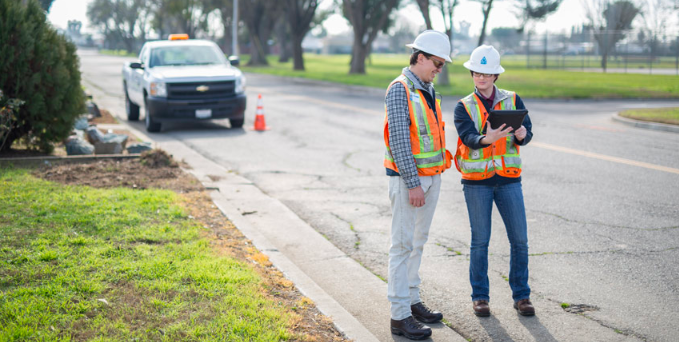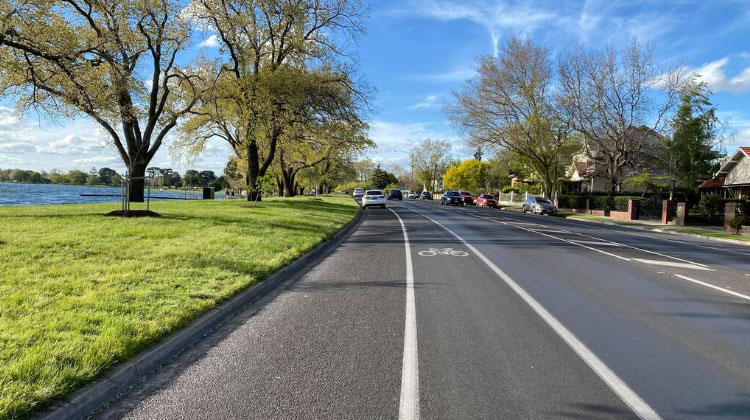
What even is a swept path analysis?! Why do I have to hire a traffic engineers Melbourne service to do a swept path analysis for me? – Often asked by our clients as they call RedSquare Traffic.
Let’s break it down into simple pieces to understand the necessity of a swept path analysis in the context of traffic engineering.
What is a Swept Path Analysis?
Although not often considered a hugely important aspect, manoeuvring of vehicles often end up being a decisive factor when designing car parking areas or properties in general. When vehicular movements are not accounted for in the design development process; designs often need to be altered significantly at later stages of a project which ends up being a colossal cost for the end-client.
This is where a swept path analysis, if done right, at the right time, can assist both during design development as well as in responding to an RFI Issued by your Local Council upon submission of the Planning Application.
In simple terms, a swept path analysis simulates the path used by a certain vehicle when undertaking its manoeuvring with car parking areas.
Australian Standards AS2890.1 (Parking Facilities Part 1: Off-Street Parking) and AS2890.2 (Parking Facilities Part 2: Off-Street Commercial Vehicle Facilities) are of particular importance when it comes to vehicular movements. These standards specify guidelines and regulations in relation to the design of car parking spaces and accessways, particularly in design aspects such as access points, ramps, basements, car parking spaces, driveways etc.
Furthermore, Clause 52.06 of the Planning Scheme specifies further guidelines in relation to the design of car parking spaces, accessways and ramp gradients. When submitting your Planning Application together with design drawings, it will be presumed by the Statutory Planners that all relevant clauses and conditions specified in these standards are met satisfactorily through your design. Should there be a discrepancy, Statutory Planners of Councils in consultation with Council Traffic Engineers will make sure your design is amended to meet such standards prior to issuing a Planning Permit.
The Importance of a Swept Path Analysis
Now, how does one verify these standards are being met? One way to do so is through a swept path analysis. Traffic engineers use swept path analysis to simulate and demonstrate the manner in which potential vehicles will access, egress and turnaround within car parking areas. The swept path analysis will then provide a lot of responses to queries raised via the above specified set of engineering standards.
A traffic engineering assessment or a traffic impact assessment prepared along with a swept path analysis will supply you with sufficient verification that your car park and driveway design is generally in compliant with these requirements. For example, Clause 52.06 in one of its Design Standards specifies that “allow vehicles parked in the last space of a dead-end accessway in public car parks to exit in a forward direction with one maneuver”. Through a swept path analysis, a traffic engineer is able to demonstrate the ability for that vehicle to exit in a forward direction with one maneuver.
There is another slice to swept path analysis other than being used as a design verification tool. Once your Planning Application is submitted, in particular for multi-unit residential developments with narrow accessways, you will often be sent with a Request for Further Information (RFI) document by Council Statutory Planners. This would often say something along the lines of “provide swept path diagrams demonstrating how vehicles (including a 300mm clearance) may enter and exit from the site in a forward direction”. To successfully address this RFI Item, one needs to prove vehicles are able to enter and exit the car parking areas in a forward direction. The manner in which you show these is also through a swept path analysis.
The Role of Technology in Swept Path Analysis
As with anything nowadays, technology has its place in swept path analysis. Traffic engineers use computer software packages such as Autoturn (Transoft Solutions) and Vehicle Tracking (Autodesk) to develop swept path diagrams. These software packages use the base drawing obtained from your architect and simulates the vehicular movements. Software contains a variety of template vehicle types including B85 Passenger Cars, 8.8m Service Vehicle as specified in Australian Standards AS2890.1 (Parking Facilities Part 1: Off-Street Parking) and AS2890.2 (Parking Facilities Part 2: Off-Street Commercial Vehicle Facilities).
Lastly, when used correctly and in appropriate stages of a project, a swept path analysis can maximize the space available for your buildings and can avoid huge costs for major design alterations in later stages of a project. Traffic engineers often advise architects, town planners and developers to acquire the services of a traffic engineer in early stages of a project; simply to assess if vehicular movements are able to be undertaken successfully. A few hours spent at an early stage of a project could end up being a huge cost-saving avoiding multiple design rectifications.
In need of a swept path analysis or want to know further information? Reach out to our traffic engineers Melbourne team at RedSquare Traffic.












